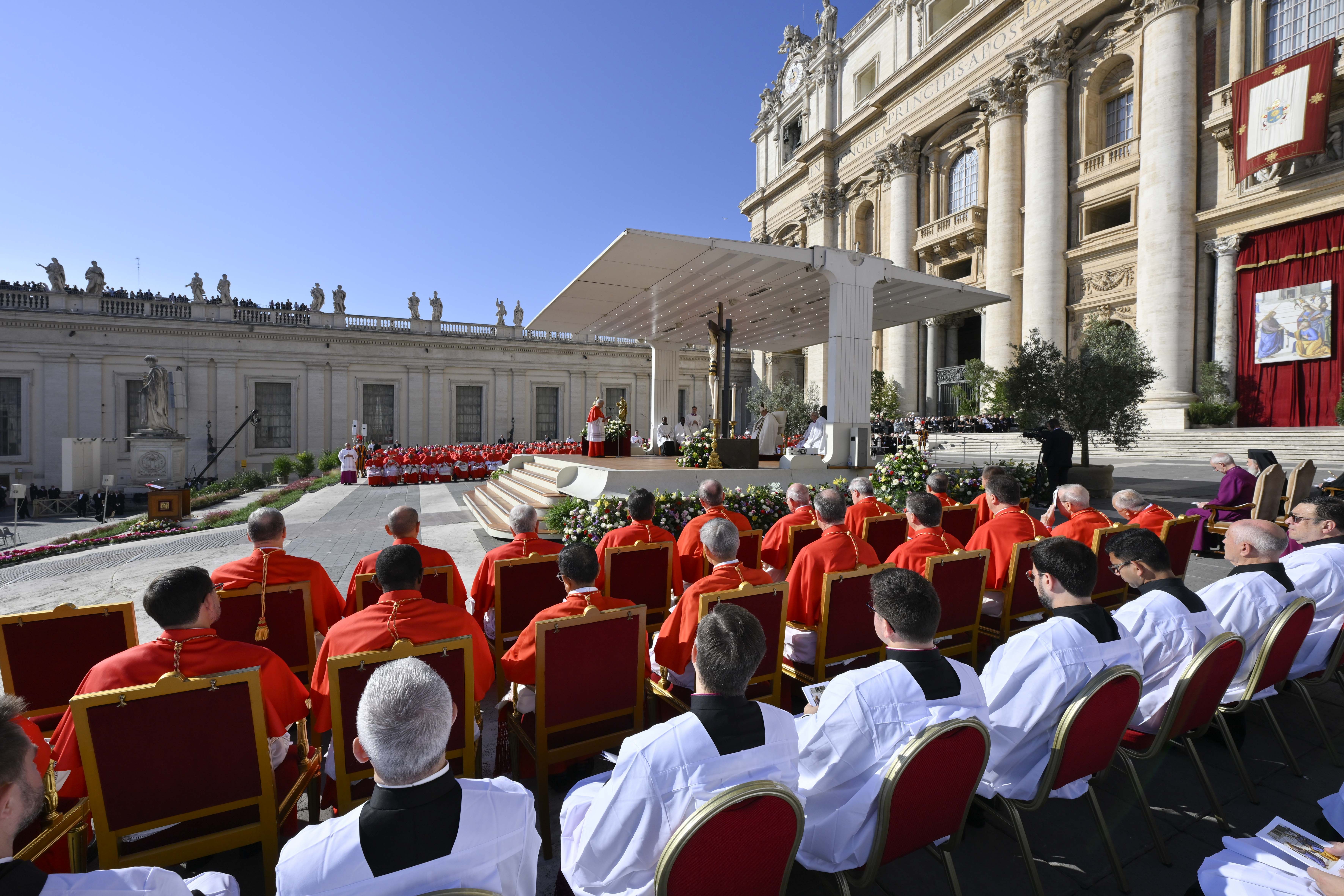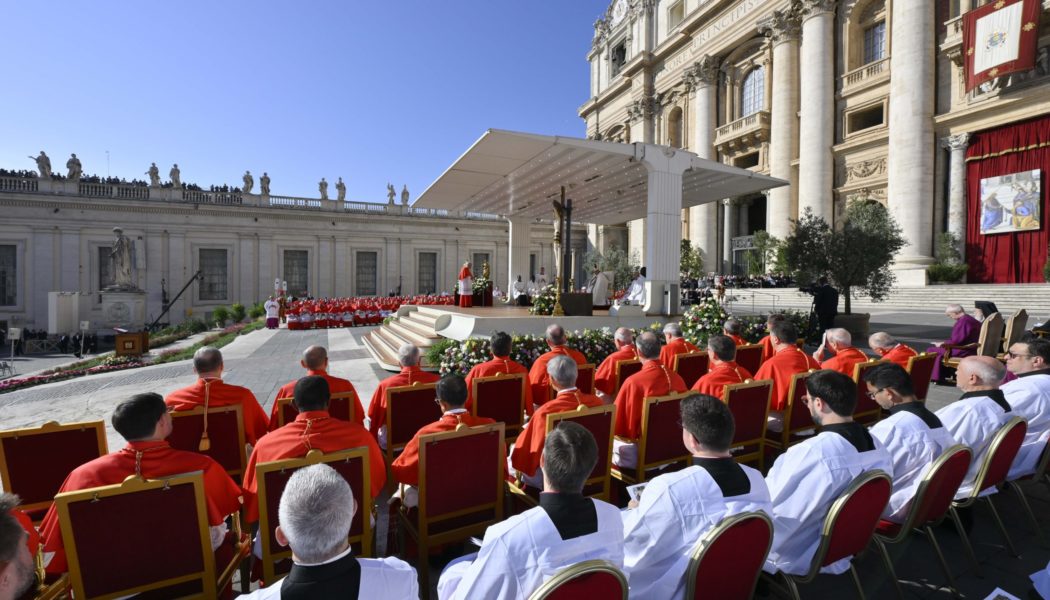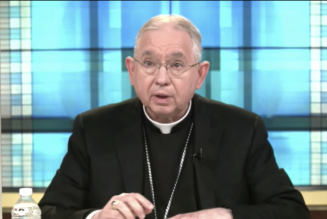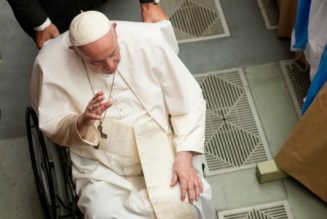
The pope also created cardinals representing Catholic communities in non-majority Christian countries: Cardinal Pierbattista Pizzaballa, the Latin Patriarch of Jerusalem; Cardinal Stephen Chow of Hong Kong; and Cardinal Sebastian Francis of Penang, Malaysia. In total, 16% of all cardinal-electors are now from Asia, compared with 9% before Francis’ pontificate.
Five new cardinals from Latin America — including three from Francis’ native Argentina — were also created on Saturday, and the total percentage of electors from that part of the world now stands at 18%, a modest 2% higher than before the Argentinian pope began his reign.
“Mother Church, who speaks all languages, is one and is Catholic,” said Pope Francis at the consistory. The pope has now created cardinals from 66 different countries, including several from countries that have never had a red hat, such as Mongolia and Singapore.
In contrast to the increase in cardinals from the global South and East, the percentage of cardinals from Europe has fallen from 53% in 2013 to 39% today — though this seems to be part of a larger trend; all but one elector in the 1903 conclave, for instance, were European, with more than half from Italy.
Geographic diversity, though, was not the only priority represented in the pope’s new cardinals, as key ecclesial collaborators were also included. Cardinal Victor Manuel Fernández, the pope’s longtime theological ghostwriter who was recently tapped to head the Dicastery for the Doctrine of the Faith, received a red hat, as did Cardinal Christophe Pierre, a Frenchman and the pope’s representative to the United States.
Cardinal Robert Prevost, a native of Chicago who leads the Dicastery for Bishops; and Cardinal Americo Aguiar, the Portuguese prelate who led the organization and implementation of World Youth Day 2023 in Lisbon, were also elevated during the consistory.









